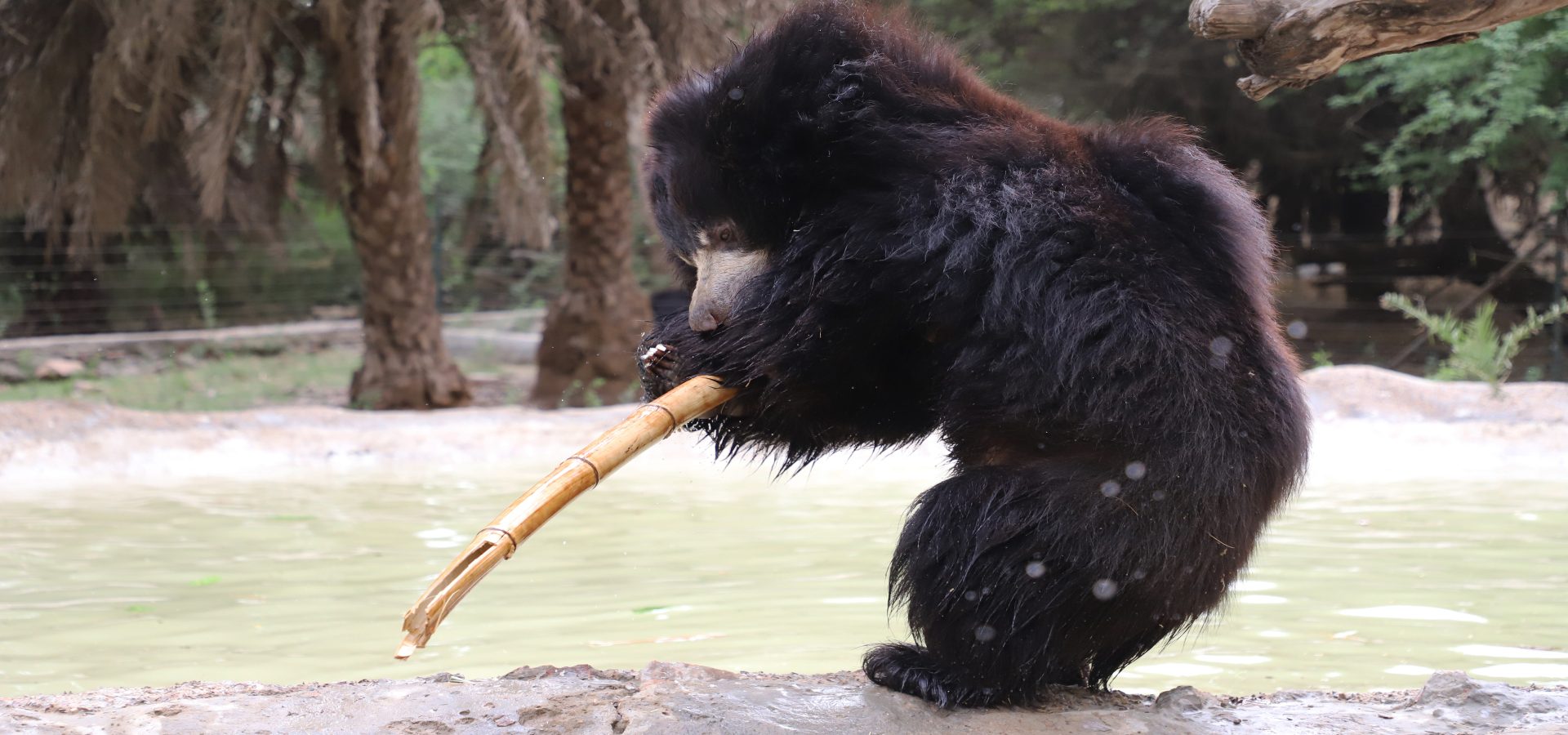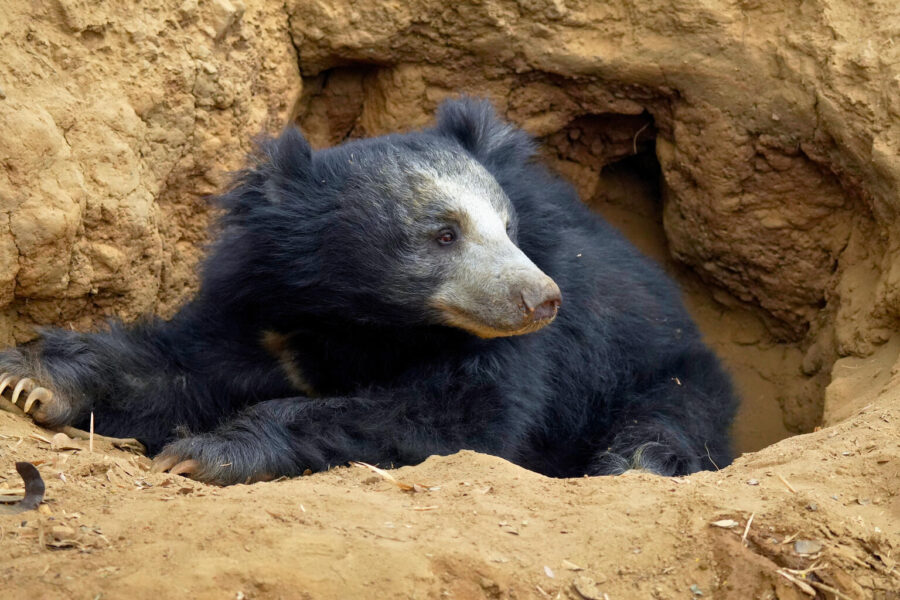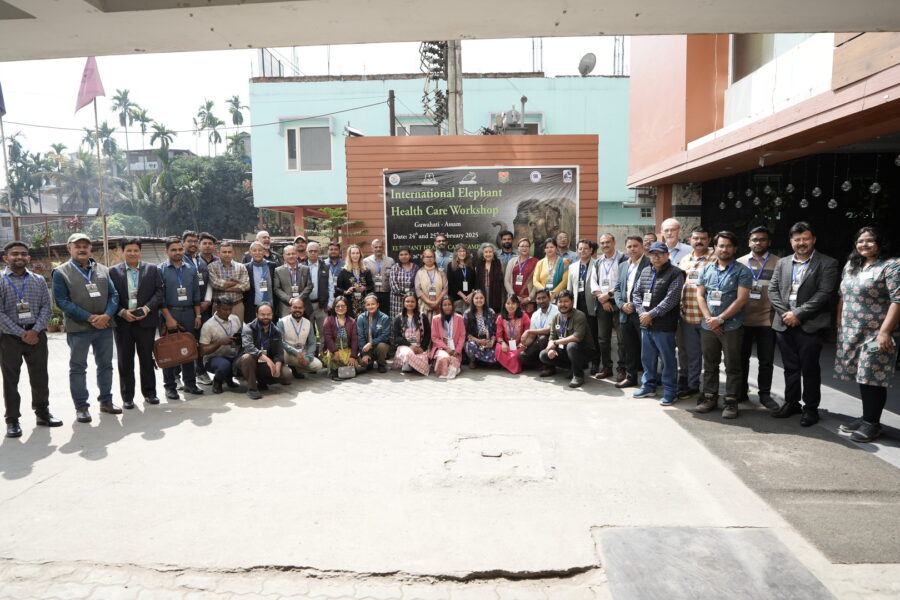In many parts of the world, communities dependent on natural resources for their livelihoods have historically engaged in activities such as poaching, habitat destruction, and exploitation of wildlife. Poverty, lack of education, and limited economic opportunities have often driven these practices, perpetuating a cycle of environmental degradation that threatens animals.
For decades, wildlife conservation efforts have faced a significant challenge: how to effectively protect endangered species while addressing the socio-economic needs of communities involved in activities harmful to wildlife. However, a new approach has emerged—one that recognises the importance of including former poachers as key allies in protecting the very animals they once targeted. Adding former poachers in current conservation efforts is a strategically sound move — These individuals possess invaluable knowledge of local ecosystems and wildlife behaviour, and they understand the movement patterns of wildlife, which makes them vital stakeholders in wildlife conservation.
Wildlife SOS recognises that poverty and lack of alternative livelihoods are prominent drivers of poaching and exploitation. By offering poachers another possibility of acquiring income, education to their community, and capacity-building opportunities, the organisation has addressed the root causes of wildlife exploitation while simultaneously providing financial stability to them.
Pioneering inclusive conservation, Wildlife SOS has spearheaded initiatives that safeguard wildlife as well as those who were once involved in poaching. One exemplary project is the Tribal Rehabilitation Programme, aimed at addressing the exploitation of sloth bears by the Kalandar community. By introducing beneficial substitutes for their livelihoods and education to the community, Wildlife SOS empowered previous poachers to become protectors and caregivers of former ‘dancing’ bears.
Similarly, Wildlife SOS extended support to snake charmer communities by presenting them with better sources of income. By opening training opportunities, the organisation directed their knowledge about snakes towards spreading awareness among local people, as well as conducting rescues. Through our campaigns and rehabilitation initiatives, former exploiters of snakes have now been transformed into advocates for reptile conservation.
Moreover, Wildlife SOS recognised the expertise erstwhile mahouts had in understanding elephant behaviour as well. A specialised training in gentle elephant care has converted them into dedicated caregivers for rescued pachyderms.
The Kalandar Community: Securing Livelihood in Bear Care
For generations, the Kalandar community has held an intricate understanding of sloth bears as a species, which was passed down from elders to youth. Once reliant on the regrettable practice of poaching for the ‘dancing’ bear trade, their understanding of sloth bear behaviour remains unparalleled. Recognising the significance of their expertise, Wildlife SOS recruited members of the Kalandar community as bear caregivers, urging them to channel their generational knowledge towards a noble endeavour. Today, these very individuals provide unparalleled care to rescued sloth bears. Their invaluable insights into sloth bear behaviour make them indispensable players in the realm of sloth bear conservation.
Wildlife SOS has worked hand in hand with the Kalandars to support their economic independence following the seizure of their bears. The sensitivity and awareness imparted to the community steered them to care for the very animals they had once exploited, enabling comprehensive conservation of the species.
The Snake Charmers: Knowledge Keepers of Misunderstood Reptiles
In the years Wildlife SOS rescued snakes from snake charming practice, the organisation discovered an unexpected ally in the snake charmers community of India. Known for their involvement in poaching and mutilating snakes for the distressing practice, these individuals revealed a remarkable aptitude for handling venomous snakes. Their deep-seated cognizance of various snake species and their behaviours proved invaluable to Wildlife SOS. These snake charmers were therefore encouraged to become snake rescuers instead, and their innate tracking and trapping skills were harnessed and directed towards positive conservation efforts. This initiative provided them with an alternative and effective way to sustain themselves, and opened a pathway to snake conservation.
Today, the erstwhile snake charmers stand as guardians of these misunderstood reptiles, aiding Wildlife SOS in protecting their lives. They now serve as educators, teaching others how to distinguish between venomous and non-venomous snakes, dispelling common myths and misconceptions along the way. Moreover, they share how to respond appropriately in case a snake is sighted, along with vital first-aid measures in the event of a snake bite, so that any harm to snakes or themselves can be avoided. Through their efforts, they contribute to snake conservation and alleviate the baseless fears surrounding reptiles.
The Mahouts: Uncaring Captors to Gentle Caregivers
Asian elephants in India endure unthinkable abuse at the hands of their mahouts. They face harsh realities in captive conditions when they are forced into begging, performing at circuses, becoming a prop at weddings and ceremonies, or as riders in the tourism industry. Subjected to long hours of standing and logging, these magnificent giants suffer immensely. Recognising the urgency for a compassionate approach, Wildlife SOS intervened to rescue elephants from their torment. Rather than vilifying the mahouts, the organisation understood the potential of the intimate knowledge of elephants they had acquired over the years. Wildlife SOS handed the beacon of conservation to elephant handlers, nudging them to use their insights into elephant behaviour for positive change. Through this collaborative effort, Wildlife SOS preserved the traditional techniques of elephant keeping while infusing them with humane tactics, establishing a modern and progressive approach. The organisation facilitated a shift towards kind elephant management by encouraging former exploiters to become allies in the cause of elephant welfare.
Wildlife conservation is about mitigating harm to animals; inclusive conservation fosters positive interactions between humans and wildlife. The NGO’s efforts to raise awareness and promote affectionate care exemplify this approach. By highlighting the intrinsic value of wildlife and the benefits of conservation, communities have been inspired to embrace a harmonious relationship with their natural surroundings.
As we confront the urgent challenges of biodiversity loss and habitat degradation, the need to include former poachers in conservation efforts has never been more critical. Recognising their potential as partners in wildlife protection can forge a path towards a more sustainable future, where both people and wildlife can coexist peacefully.
You too can join Wildlife SOS’s ongoing efforts to holistically conserve wildlife by making a donation.





